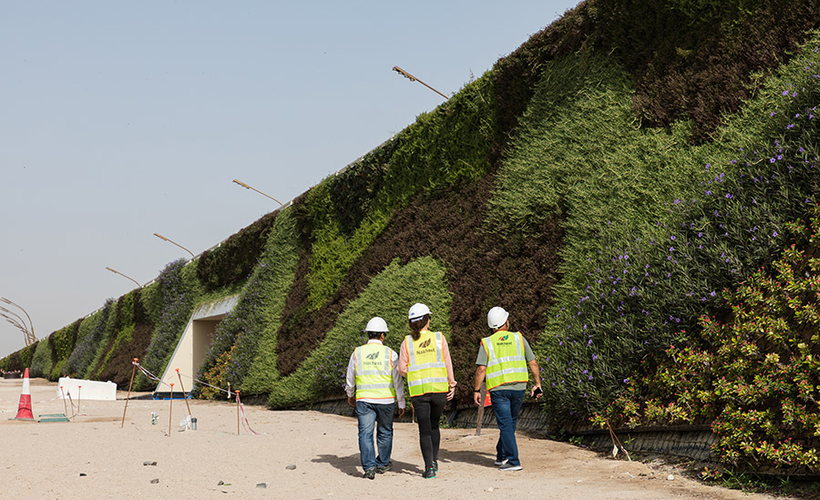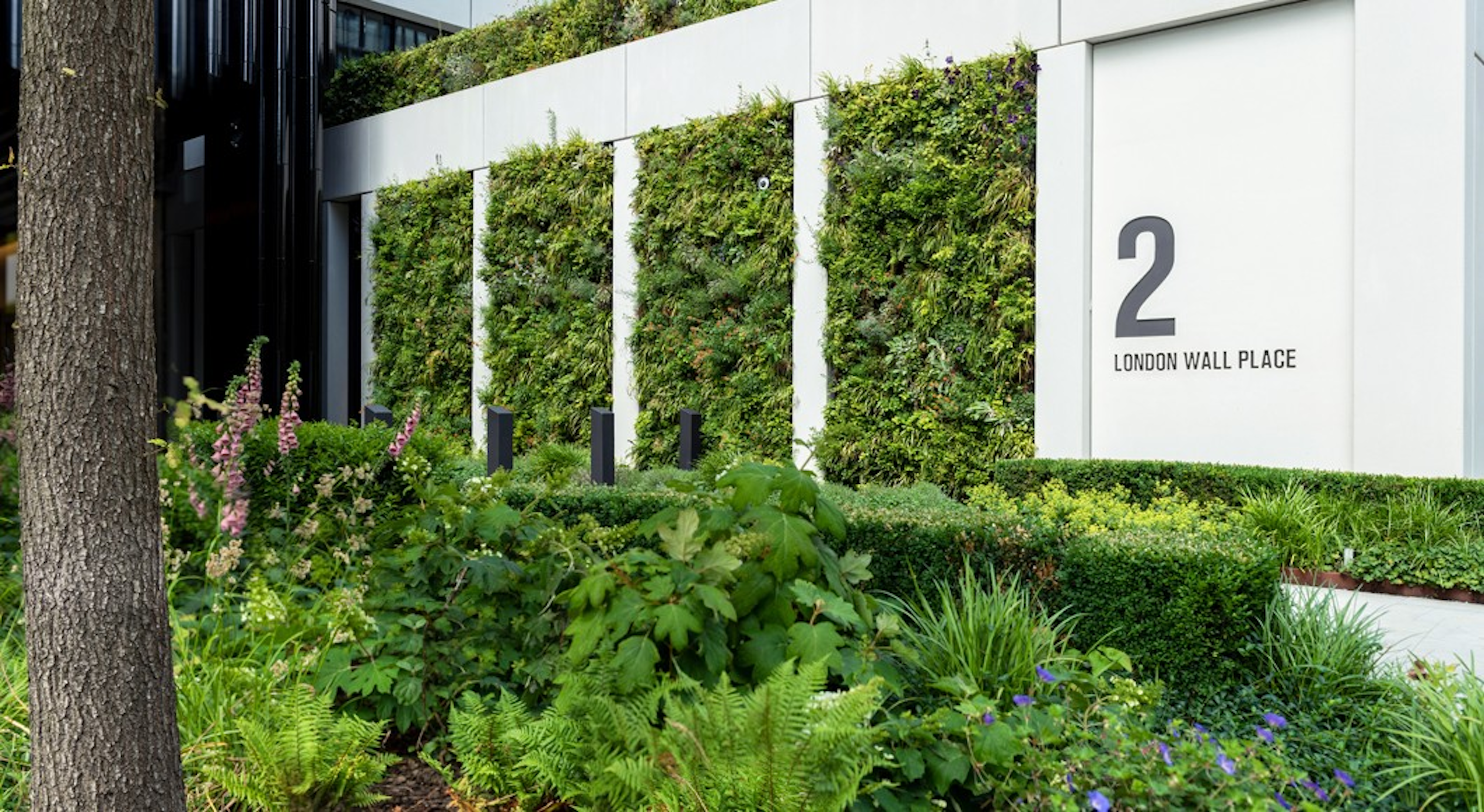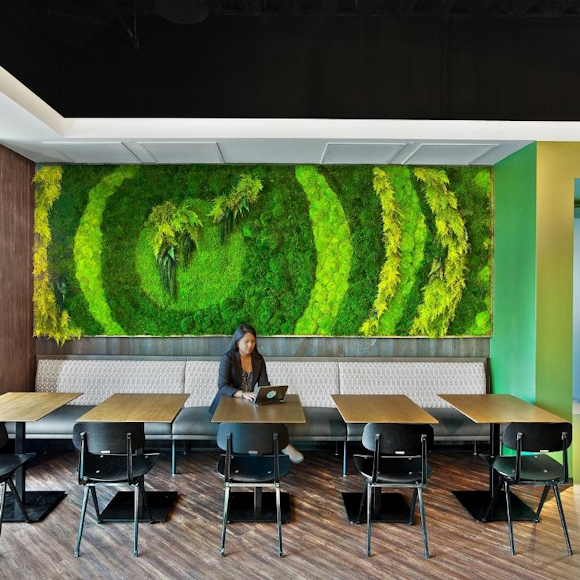Living walls, green walls, vertical gardens, or green facades, however you refer to them, there’s no denying their natural beauty. From retail stores and corporate offices, through to residential homes and airports, these eco-friendly mass collections of green plants have transformed many buildings and become extremely popular in recent years.
But of course, to those aware of living walls, what we’ve just mentioned is no secret– so we thought we’d dig a little deeper and bring you four interesting facts you might not yet have heard. If you want to learn more about living walls, read on! And be sure to let us know if any of the below surprise you.
1. The first ever living wall traces back to 1938
When thinking of living walls, you assume a modern invention, right? Wrong. The very first implementation of a living wall structure can be traced back to 1938, where a Professor of Landscape Architecture known as Stanley Hart White patented a “Vegetation-bearing Architectonic Structure and System”.
Since this invention, living wall systems have seen a huge rise in popularity and can be found all over the world. Needless to say, they've improved massively over this period of time, but we think it’s incredible that living walls have been around for so long.
2. The world’s largest living wall covers over 7,000 square metres
This huge project in Qatar, named Khalifa Avenue, is a new intersection that connects 4 key areas with the construction of a 12km four lane carriageway in both directions. At over 7,000 square metres, this is not only the largest living wall project our team at Viritopia have worked on, but the biggest in the world!

3. Exterior living walls can be alternatives for gardens
In dense urban environments where space is limited, living walls can be a solution to the lack of gardens in the area. Not only does this help with biodiversity and purifying the air that we breathe like typical gardens, but offers shading to protect buildings for lower cooling costs. That’s not all, though, living walls also act as an acoustic solution, lowering the levels of noise pollution for a quieter space – perfect for busy towns and cities where office buildings are located.
4. Interior living walls improve well-being
In today’s world, the use of interior living walls is becoming more and more popular. Whilst this has a lot to do with aesthetics and the natural appearance they bring indoors, the health benefits that living walls bring to those in the vicinity are tenfold.
Greenery as a stress reducer has a huge impact on human well-being. It helps to stimulate the brain, enhancing concentration and efficiency in a working environment. In fact, the colour green is recommended as a rest for tired eyes when working at a computer screen.
Living walls systems from Viritopia
Having installed over 30 million plants since 2008, we at Viritopia have the experience and knowledge needed to design, install, and maintain your living wall system. For more information on how we can help, or if you’d like to discuss your living wall visions with an expert, contact our friendly team today – we’re always standing by to answer your questions.

